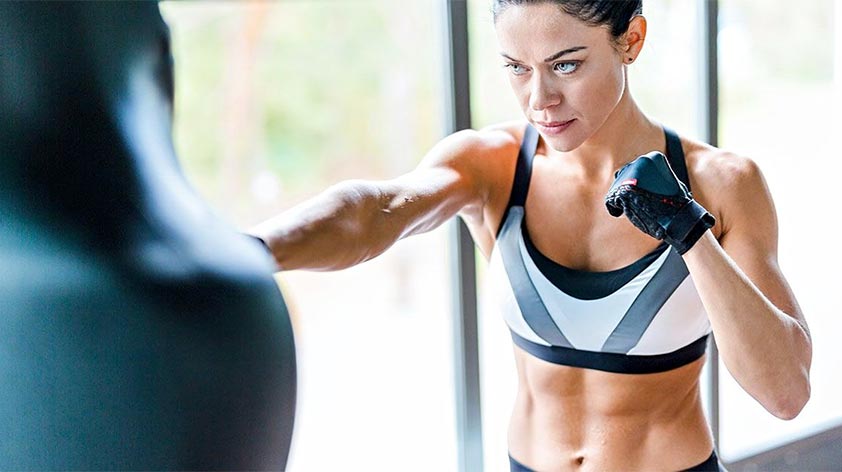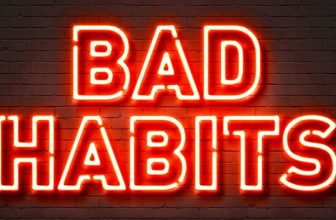
For the majority of us we started going to the gym to look good, get big, and be noticed by others. Nowadays, we’re put under so much pressure from an early age to ‘look good’, largely due to the computer-generated images that flood our social media apps. In the beginning, there is nothing wrong with this type of motivation. Anything that encourages us to move more and eat healthily is a positive, however, this should only be used as a short-term boost otherwise it can lead to an array of physical and mental health issues. Don’t waste your precious time and energy, we hope to help you make a clear decision so read on for Training: For Performance vs Aesthetics -Which is Better?
So why exactly is social media-driven motivation a problem? Well, you’re chasing an unachievable goal whilst sacrificing so much of what you love, and for what? To have big biceps or an hourglass figure? But what is this really doing for your health? The chances are that the negatives outweigh the positives and that’s if you manage to maintain your motivation before you become bored and demotivated when you realise you’re never going to achieve the figure of your favourite Instagram influencer.
Here’s why you need to switch up your mindset now and start training for performance and improvement instead of ‘looking good’ merely for your Instagram selfies.
1. Progression and Goals
Training for performance allows us to set a variety of specific goals to achieve. Every time we hit a new PB or master a technique we experience a great sense of achievement, which boosts our motivation to continuously improve (a cool, virtuous cycle to be on!). Performance training also brings about friendly competition with your peers which adds an external motivation that aesthetic training cannot provide.
You’re developing to become fitter, faster, stronger…whilst your physique improves as a by-product! There’s always a new movement to learn and improve upon hence boredom will never set in. You may even reach a point where you want to test your new skills in competitions within the discipline you have a found a passion for.
On the other hand, aesthetic training is structured by split training, isolating muscle groups and repeating the same exercises every week with the sole purpose of ‘getting bigger’ or ‘leaner’. The only measure of progression you have is how you look and when you have to miss a few sessions for reasons you cannot control, the regression can knock your confidence so much that you might decide to quit altogether.
2. Physical & Mental Health
Those who we consider to be the pinnacle of fitness such as bodybuilders and front-cover models, are actually at their unhealthiest during peak moments. Serious health issues such as loss of libido and non-existent menstrual cycles are too common amongst these ‘health icons’. Their physique goals can also be detrimental to their mental and emotional health with eating disorders and depression regularly erupting thanks to extreme dieting and training.
Performance training requires you to optimize your health. You wouldn’t attempt a 1-rep max PB on an empty stomach or compete in a competition without sufficient fuel, would you? Our body needs a variety of nutrients to survive, so when you add strenuous training to the load, these needs are multiplied and without adequately supplying these your performance levels will suffer.
You can still enjoy your favourite foods, attend socials, and put on a bit of fat during the holidays – this means that your mental health will be unaffected, and actually enhanced, because you feel good and you don’t have to be miserable, sacrificing everything you love doing.
3. What’s the Point?
Performance training is purposeful and attached to mental and emotional motivation. You might be working towards improving in your sport, or just enhancing your health to guarantee you can watch your grandkids grow up. Emotional motivation is the most effective way to stay on track. Functional training will aid you in everyday tasks like picking objects up from the floor, whilst protecting you from the debilitating effects of aging.
Split training, the dominant method in aesthetic training, isolates muscle groups but such exercises don’t replicate everyday movements. You may tend to focus on aesthetic ‘show off’ areas such as your arms and chest, whilst neglecting other muscle groups like your legs. You’ve seen it often in the gym – big upper bodies but disproportionately thin legs, right? This leads to muscular imbalances that can result in complications such as inflammation and tightness which can be detrimental to health later on.










Wonderful Article!